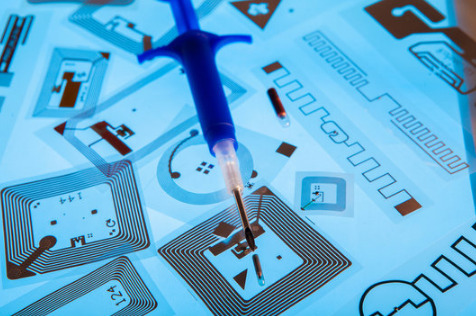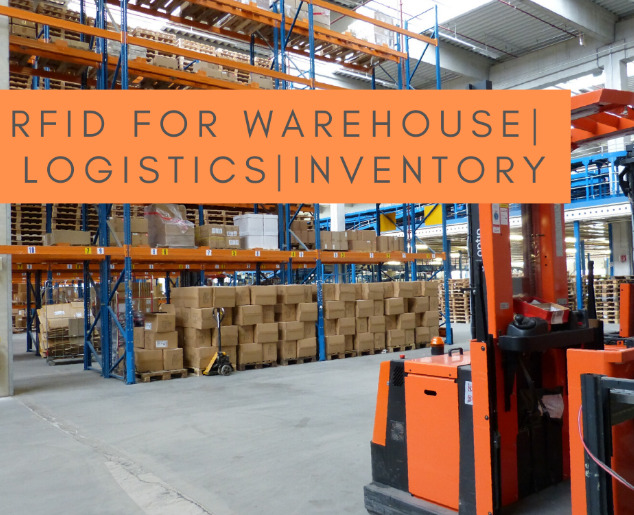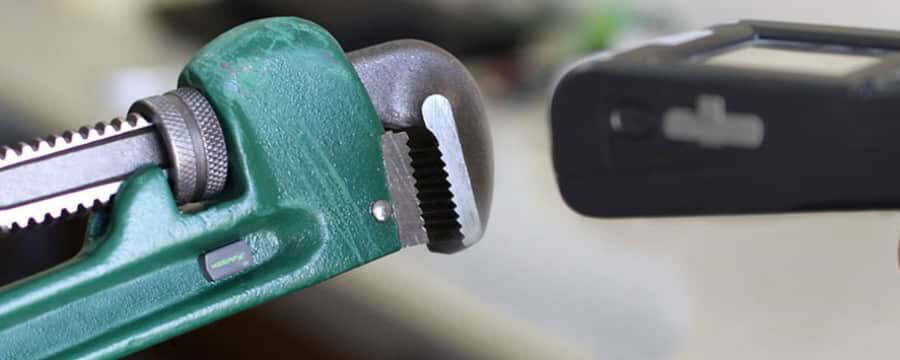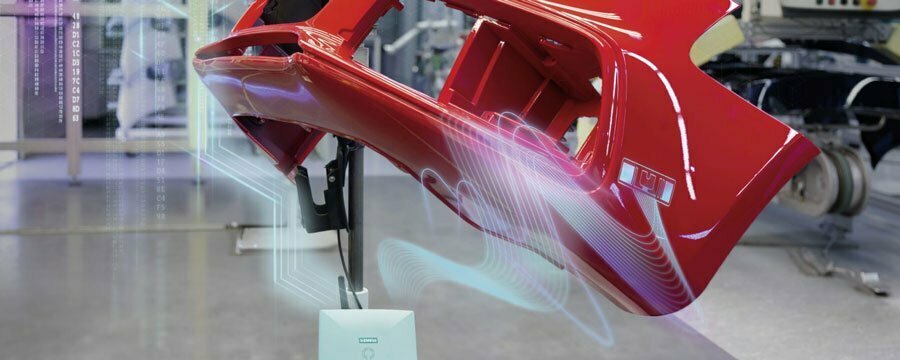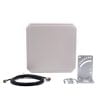Abstract: RFID (Radio Frequency Identification) technology, as a wireless communication technology, has made significant progress in the past few decades. It has been widely adopted in various fields, including supply chain management, logistics tracking, and asset management. Recent research and innovations have propelled new breakthroughs in RFID technology, paving the way for the realization of a smarter Internet of Things (IoT). This article explores the latest advances in RFID technology, including smaller-sized tags, broader application areas, and integration with other technologies, while also highlighting the future directions of RFID technology.
Introduction: The continuous advancements in RFID technology have revolutionized our perception of the Internet of Things. Previously, the concept of IoT often remained in the realm of imagination. However, with the aid of RFID technology, we can now connect the physical and virtual worlds, creating intelligent and highly efficient environments. Several key aspects of the latest progress in RFID technology are noteworthy.

RFID Technology 1
Smaller-sized tags: With technological advancements, RFID tags have significantly reduced in size, transitioning from traditional centimeters to miniature tags measuring just a few millimeters. These miniature tags can be more easily embedded in various objects such as goods, devices, and even the human body. They not only provide unique identification for items but can also carry additional information such as location, temperature, humidity, etc., thereby offering greater possibilities for IoT applications.
Broader application areas: RFID technology has already achieved tremendous success in supply chain management and logistics tracking. However, recent advancements have expanded its role into several other domains. For instance, in healthcare, RFID technology can be used for patient authentication, medication management, and medical equipment tracking. In smart cities, RFID tags can contribute to intelligent transportation systems, public infrastructure management, and urban surveillance. The emergence of these applications will bring greater convenience and security to our lives.

RFID Technology 3
Integration with other technologies: RFID technology’s integration with other technologies is driving its further development. When combined with sensor technology, RFID enables real-time monitoring of environmental conditions, thereby enhancing production efficiency and resource utilization. When integrated with cloud computing and big data analytics, RFID enables the collection and processing of large-scale data, providing more accurate information for business decision-making. When combined with artificial intelligence and machine learning, RFID facilitates intelligent recognition and prediction of items, further advancing automation levels.
Future prospects: Despite the significant progress RFID technology has made in the past few decades, its potential for development remains vast. In the future, we can expect even smaller and more intelligent RFID tags, as well as broader application areas such as smart homes and smart agriculture. Additionally, RFID technology will continue to integrate with other emerging technologies like 5G, blockchain, etc., further propelling the development of the Internet of Things.
Conclusion: The latest advances in RFID technology provide strong support for realizing a smarter Internet of Things. Smaller-sized tags, broader application areas, and integration with other technologies demonstrate the ongoing evolution and innovation in RFID technology. It is reasonable to believe that over time, RFID technology will become one of the key driving forces behind the development of the Internet of Things, ushering in a future that is more convenient and intelligent.

